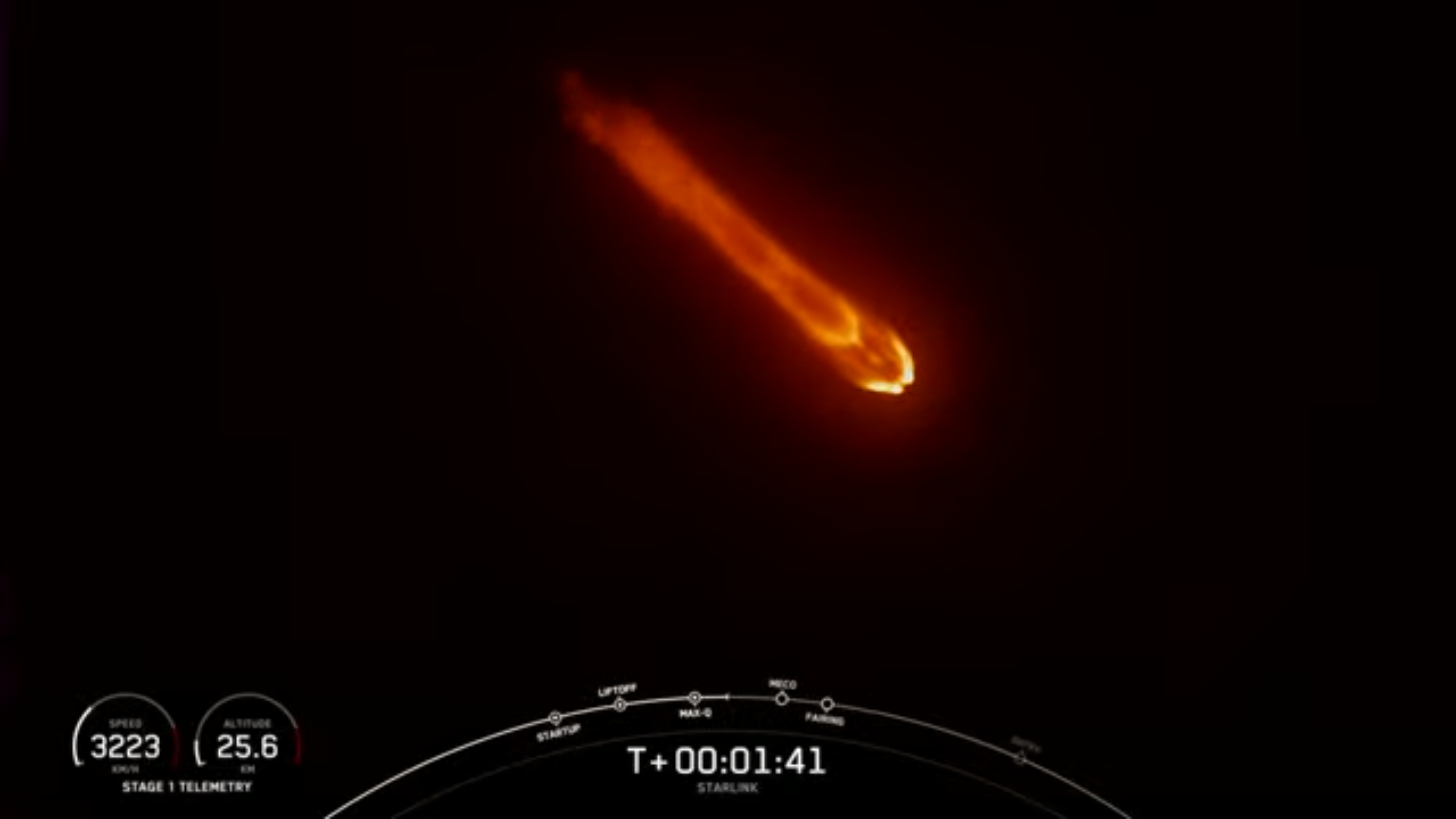
Threading a needle through a highly unfavorable weather picture, SpaceX smoothly executed its fifth Falcon 9 mission of the month shortly before midnight Wednesday, lofting 22 Starlink internet communications satellites to low-Earth orbit. Liftoff of the veteran B1067 core—making her 13th trek uphill in a little more than two years—occurred at 11:36 p.m. EDT from storied Space Launch Complex (SLC)-40 at Cape Canaveral Space Force Station, Fla., as attention now turns to Vandenberg Space Force Base, Calif., for the night’s second flight at 1:42 a.m. PDT Thursday.
As noted yesterday by AmericaSpace, the meteorological outlook on the Space Coast for tonight’s launch looked decidedly iffy, with only a 20-percent chance of acceptable conditions around the 8:14 p.m. EDT start of the “window”, improving to a predicted 65 percent nearer to its end at midnight. All told, five T-0 launch points were available to SpaceX tonight, with another four backup opportunities running from 7:49 p.m. through 11:11 p.m. on Thursday.
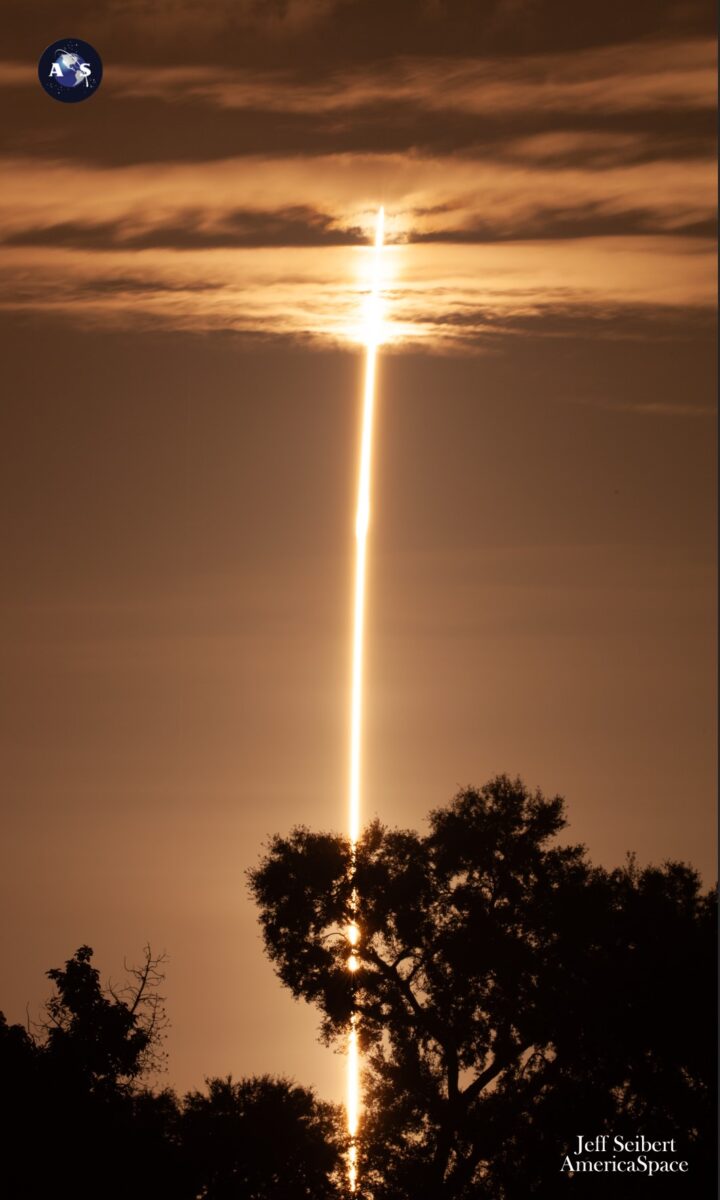
The culprit for the gloomy weather picture has been an active weather pattern over the Space Coast, its behavior induced by the southward movement of the Atlantic surface ridge. “The mid-level ridge that helped limit the storm coverage last week will continue to break down as a trough digs into the Southeast,” explained the 45th Weather Squadron at Patrick Space Force Base in its L-1 update, issued Tuesday.
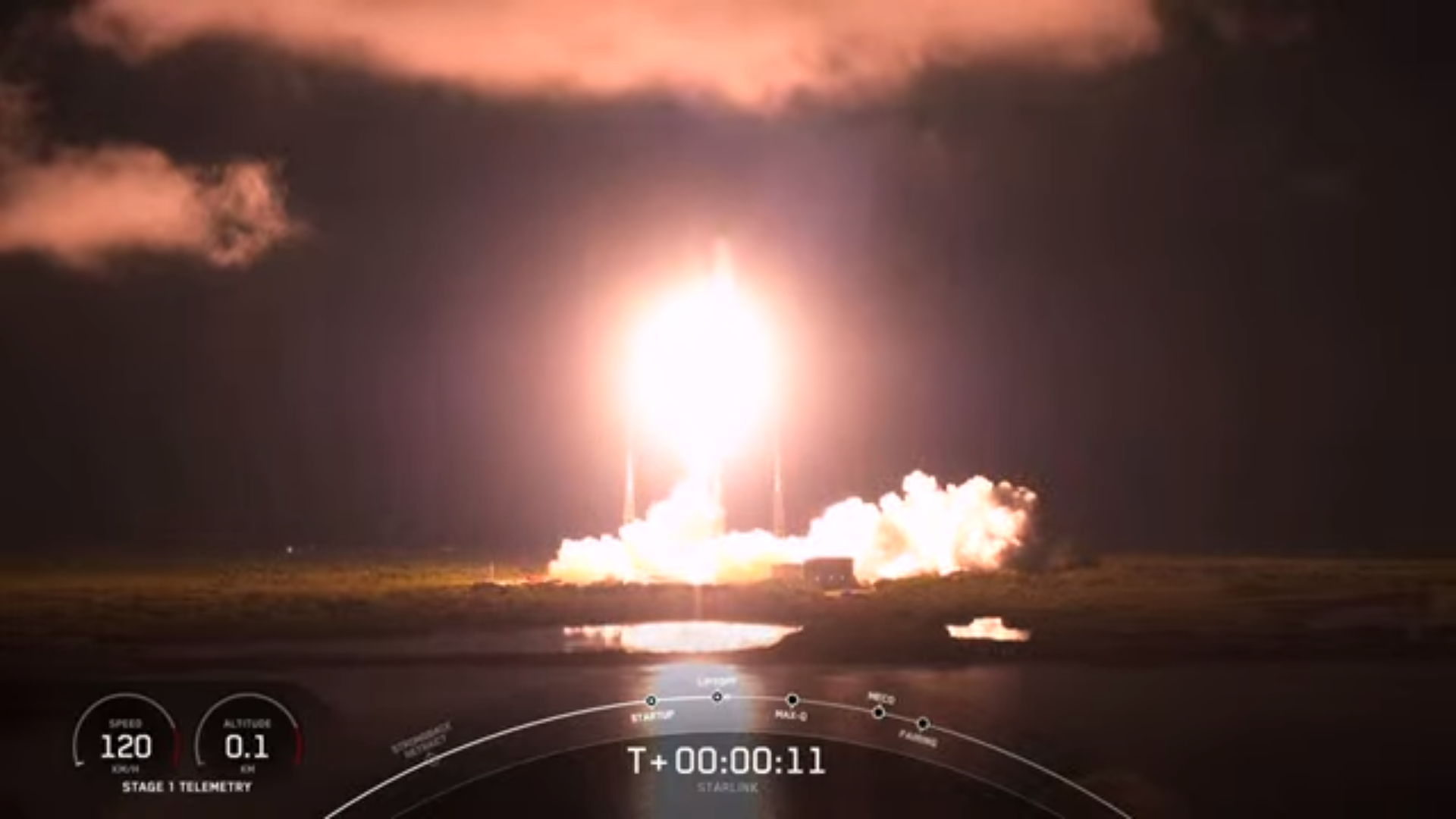
“This mid-level support, combined with deep moisture and the southwest flow, will bring a high coverage of thunderstorms across East Central Florida on both Wednesday and Thursday afternoons,” it added. “The storms and associated cloud cover will likely persist into the opening of the window and slowly dissipate as we approach midnight.”
Primary concerns were cloud cover associated with evening showers and storms. As such, SpaceX opted to aim for close to the end of tonight’s window, zeroing-in on 11:36 p.m., by which time the weather outlook had taken a surprising uptick to 90-percent-favorable.
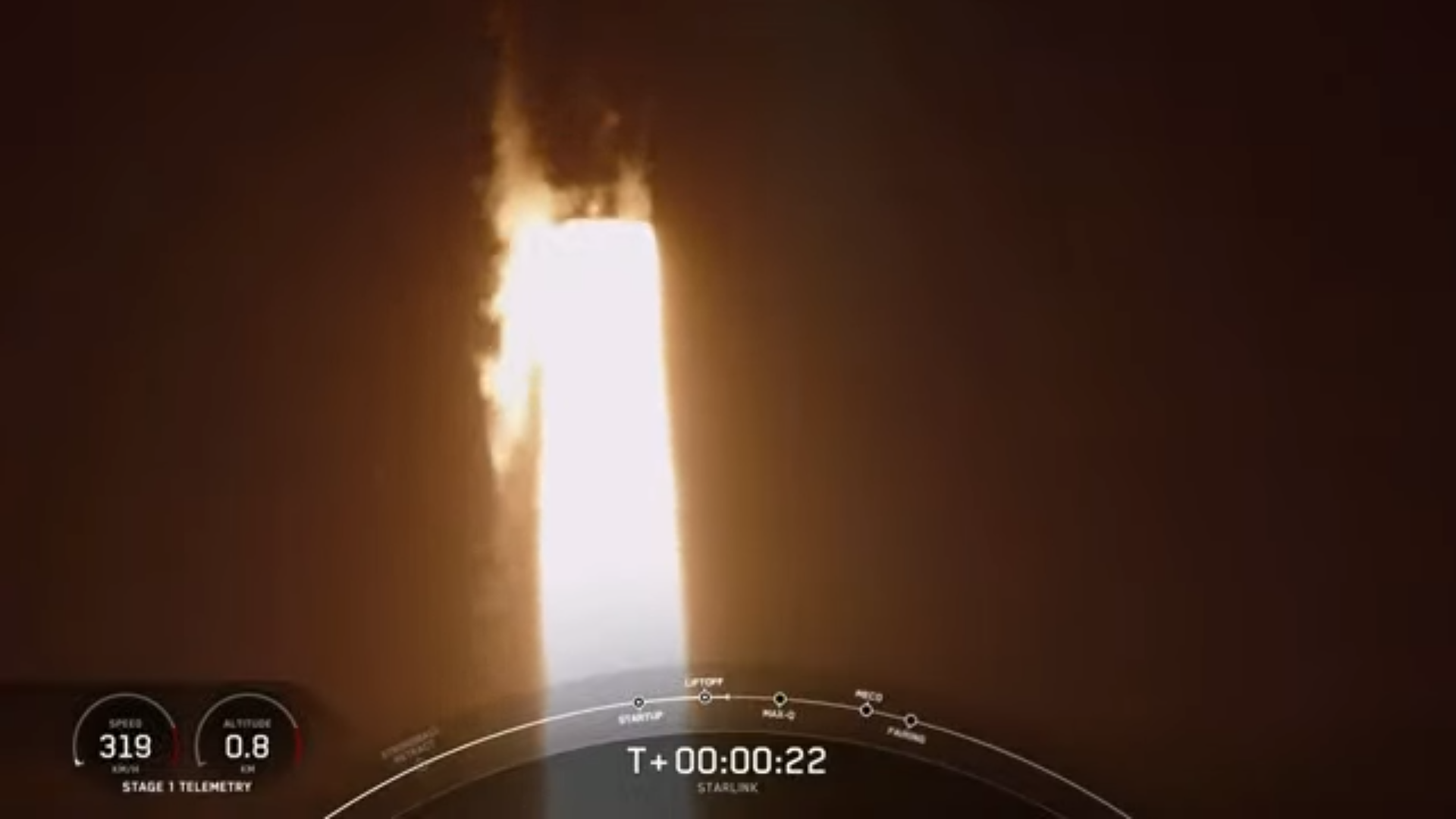
Without further ado, B1067 sprang into the darkness for the Hawthorne, Calif.-headquartered organization’s fifth launch inside August’s third week, a pace which has seen SLC-40 used four times with a record-setting back-to-back cadence. Four other missions—three from the Cape and one from Vandenberg—have delivered dozens of Starlinks and Intelsat’s powerful Galaxy-37 geostationary communications satellite to orbit.
Eight minutes after liftoff, B1067 pirouetted through the darkness to alight on the expansive deck of the East Coast-based Autonomous Spaceport Drone Ship (ASDS), “A Shortfall of Gravitas”, situated offshore in the Atlantic Ocean. It wrapped up a 13th mission for this booster, which entered service in June 2021 to lift the CRS-22 Cargo Dragon for a month-long research stay on the International Space Station (ISS), then went on to deliver eight astronauts from the United States, Germany and Italy to the station as part of the Crew-3 and Crew-4 missions in November 2021 and April 2022, followed by the CRS-25 Cargo Dragon last summer.
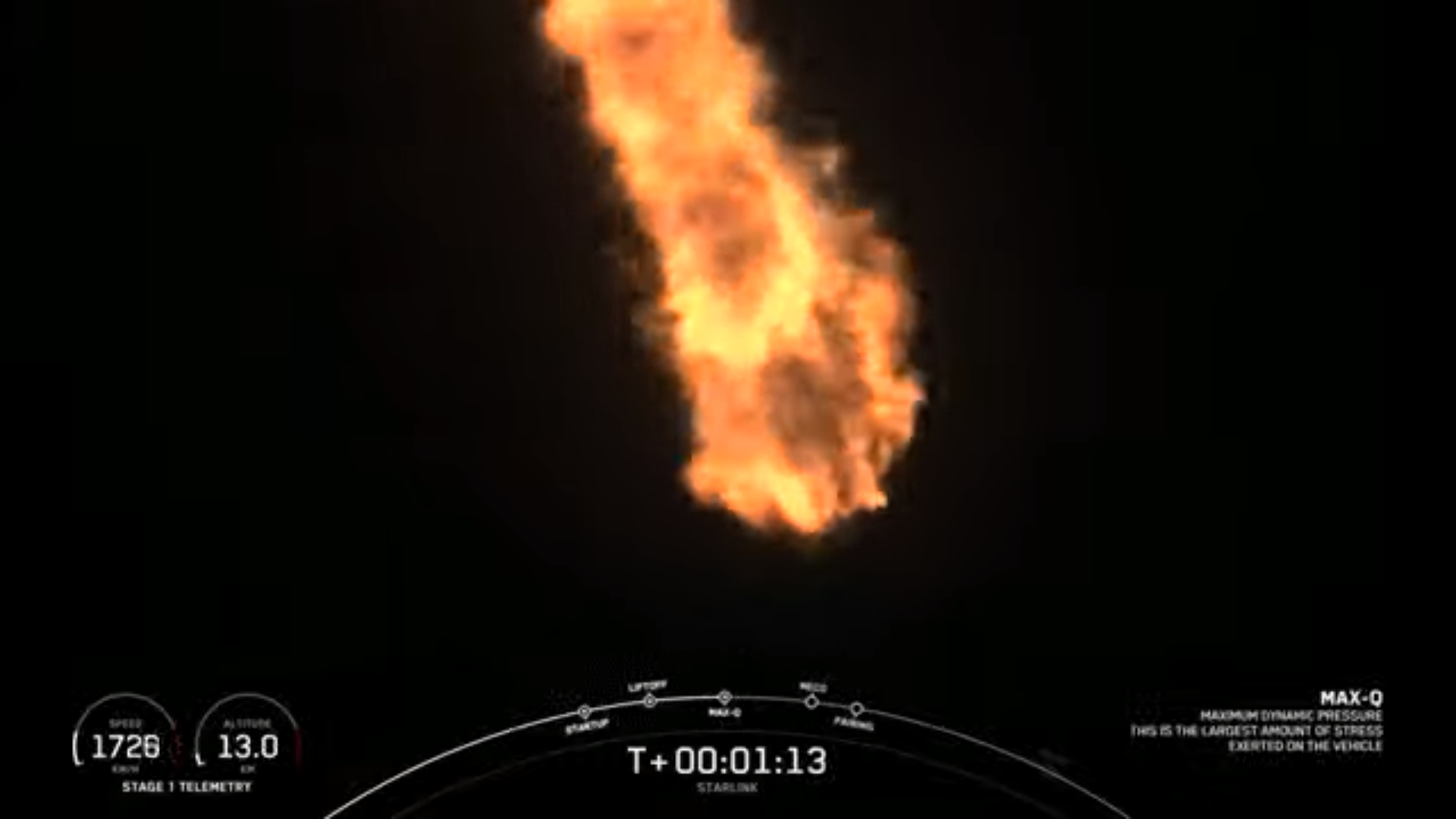
Added to that list, B1067 has lofted a geostationary communications satellite for Turkey, more than 200 Starlinks, a pair of O3b mPOWER broadband satellites and the Hotbird 13G communications satellite. Most recently prior to tonight, in June she carried Satria, a Very High Throughput Satellite (VHTS), built by Thales Alenia Space for Indonesia’s Pasifik Satelit Nusantara (PSN), targeting a location at 146 degrees East longitude for an estimated 15-year operational lifetime.
Her Türksat mission in December 2021 helped set a new record between pairs of Falcon 9 flights at less than 16 hours. That record has now been eclipsed several times over.
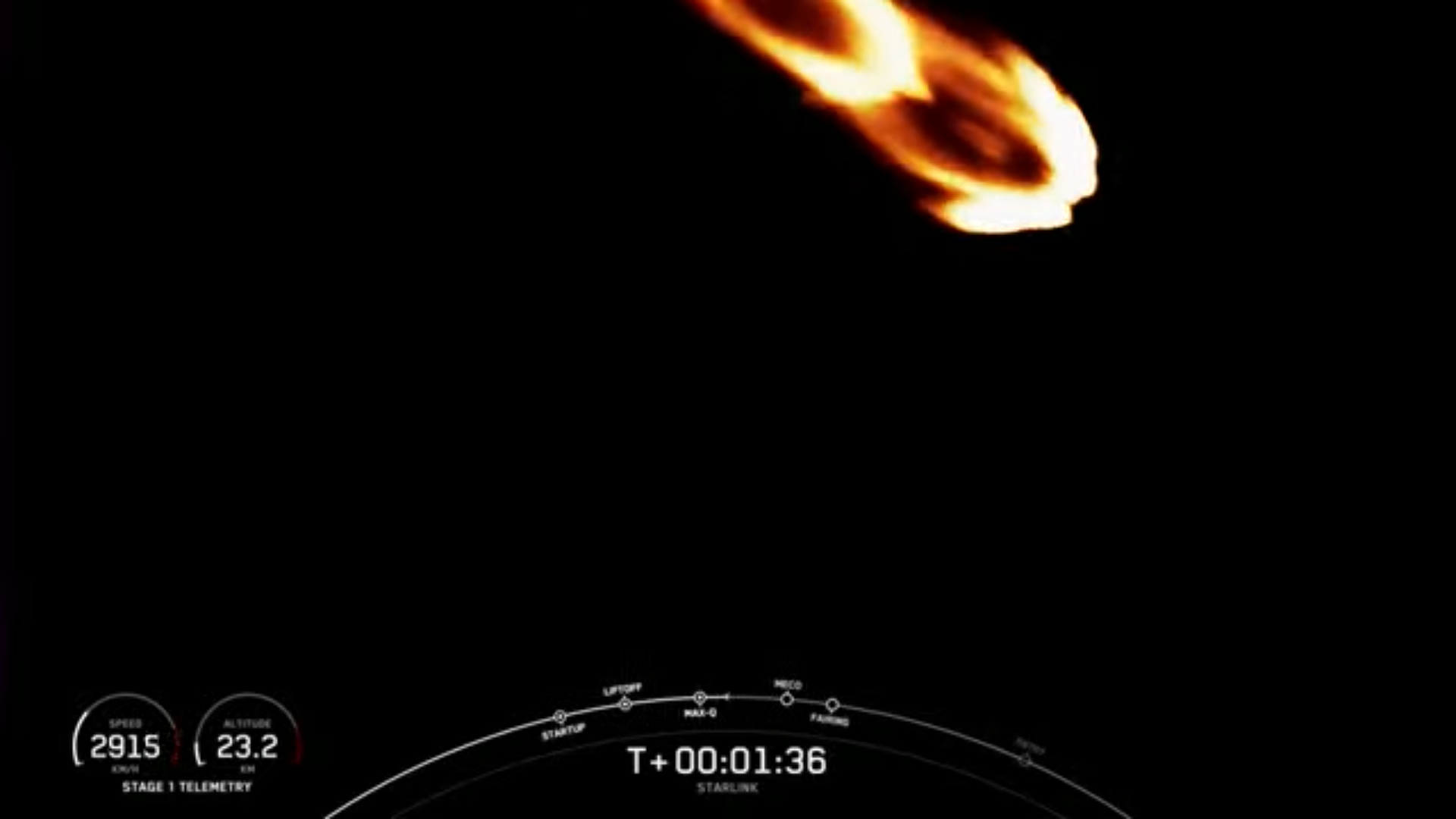
In November of last year, her Hotbird 13G launch marked the first time that SpaceX had executed as many as 50 Falcon 9 missions in a single calendar year. And in January, her 56-strong Starlink “stack” tipped the scales at 38,400 pounds (17,400 kilograms) as the heaviest Falcon 9 payload ever orbited at that time.
With B1067 safely back home, the Falcon 9’s second stage continued tonight’s push to orbit, burning for more than six minutes and releasing the 22 downsized Starlink “V2 Mini” satellites into free flight about 65 minutes after liftoff. V2 Minis, first flown in February, boast three to four times greater “usable” bandwidth than earlier iterations.
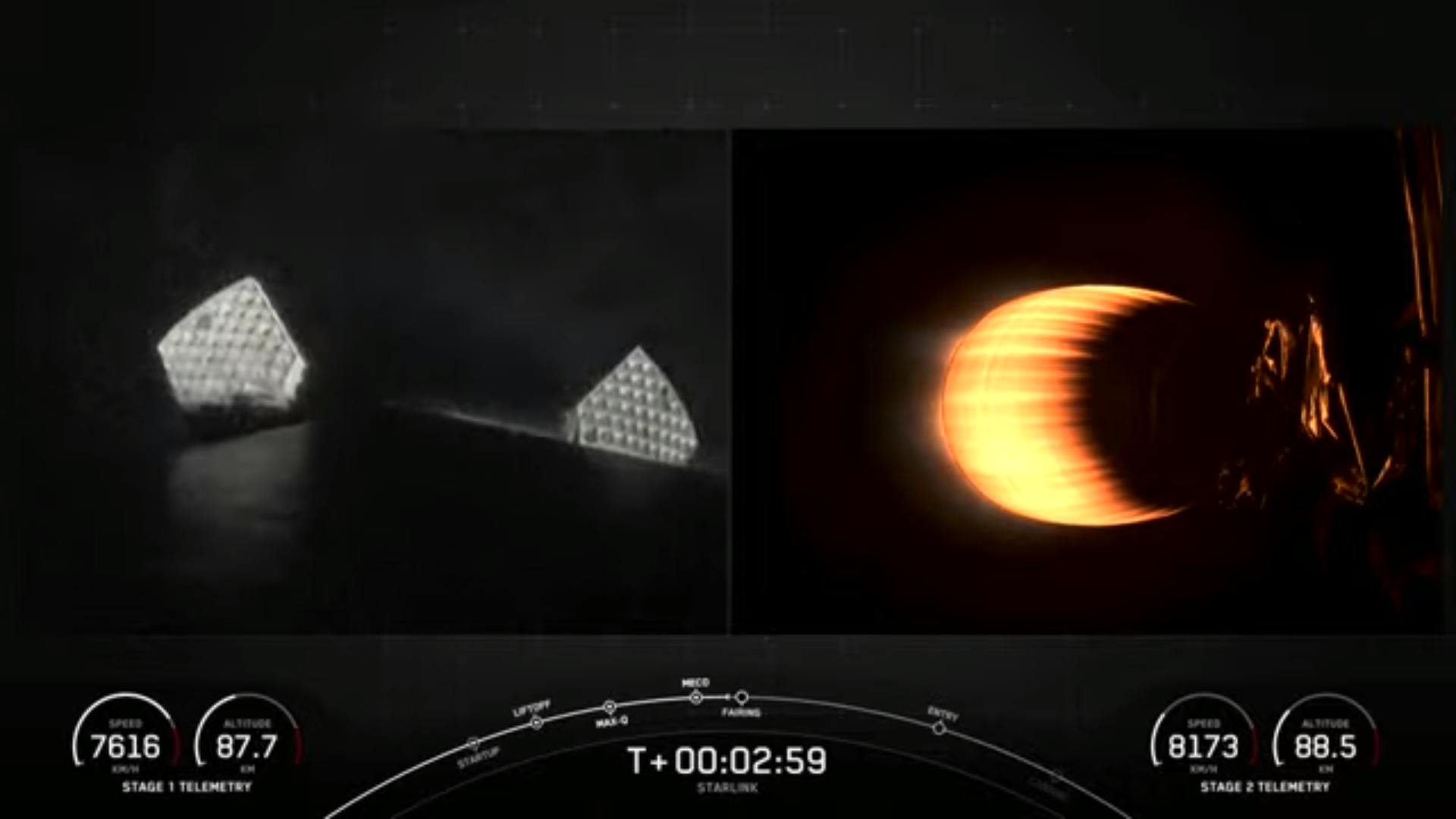
“V2 Minis include key technologies—such as more powerful phased-array antennas and the use of E-Band for backhaul—which will allow Starlink to provide 4x more capacity per satellite than earlier iterations,” SpaceX explained. “Among other enhancements, V2 Minis are equipped with new argon Hall thrusters for on-orbit maneuvering.”
As a network, Starlink facilitates high-speed and low-latency internet provision across more than 60 sovereign nations and international markets in North and South America, Europe, Asia, Oceania and Africa. Last month alone, Cyprus, Guatemala, Kenya, Malaysia and Malawi have signed up to the network and the Bahamas came online earlier in August.
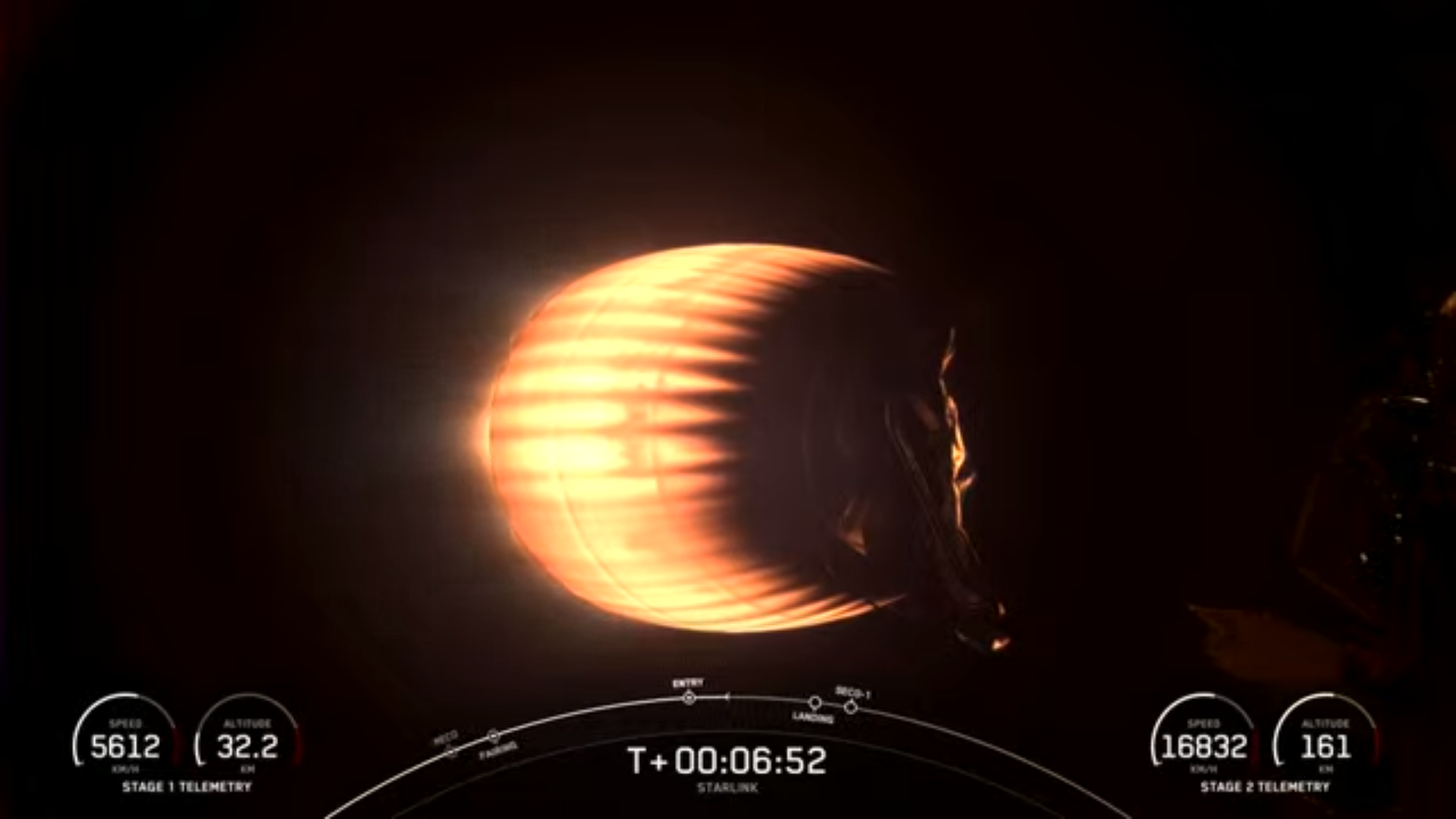
Florida-based intercity operator Brightline adopted Starlink on its trains earlier in 2023, the first passenger rail service in the world to do so. Additionally, El Salvador’s Ministry of Education has begun integrating Starlink capability into its schools to help close the digital divide between urban and remote rural communities and 50 Rwandan schools are now connected via Starlink’s high-speed internet service.
Thursday’s just-before-midnight launch marked the 99th full “batch” of Starlinks launched since May 2019, with the 100th standing ready for its own flight from Vandenberg in a few hours’ time. Veteran B1061—primed to become the fourth Falcon 9 core to reach a life-leading 15 missions—is targeting liftoff from Space Launch Complex (SLC)-4E at the West Coast launch site at 1:42 a.m. PDT (4:42 a.m. EDT) Thursday.
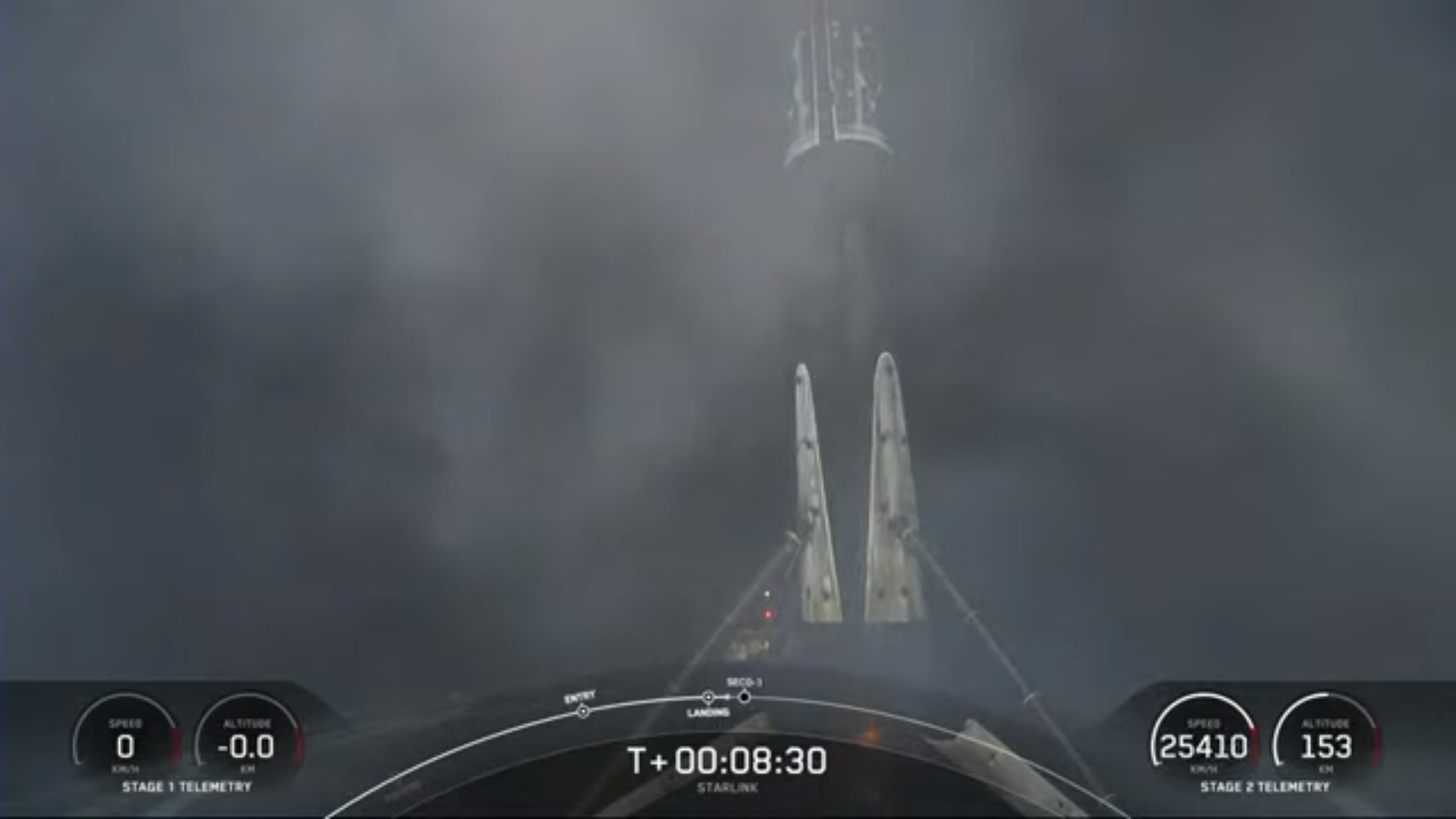
There are three T-0 points for this next mission, the others falling at 2:33 a.m. PDT (5:33 a.m. EDT) and 3:26 a.m. PDT (6:26 a.m. EDT), with a further pair in the pre-dawn hours of Friday morning. If B1061 launches on her opening attempt, in a few hours’ time, SpaceX will achieve a pair of launches only five hours apart, its second-best turnaround between any two missions to date.





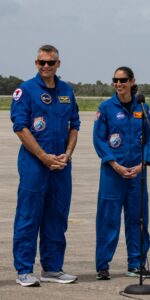
3 Comments
3 Pings & Trackbacks
Pingback:Vandenberg Falcon Flies, As SpaceX Gears Up for Record-Setting Month-End - AmericaSpace
Pingback:SpaceX Plans Back-to-Back Falcon 9 Missions, Six Hours Apart Tomorrow Night - AmericaSpace
Pingback:SpaceX Plans Back-to-Back Falcon 9 Missions, Six Hours Apart Tomorrow Night - SPACERFIT